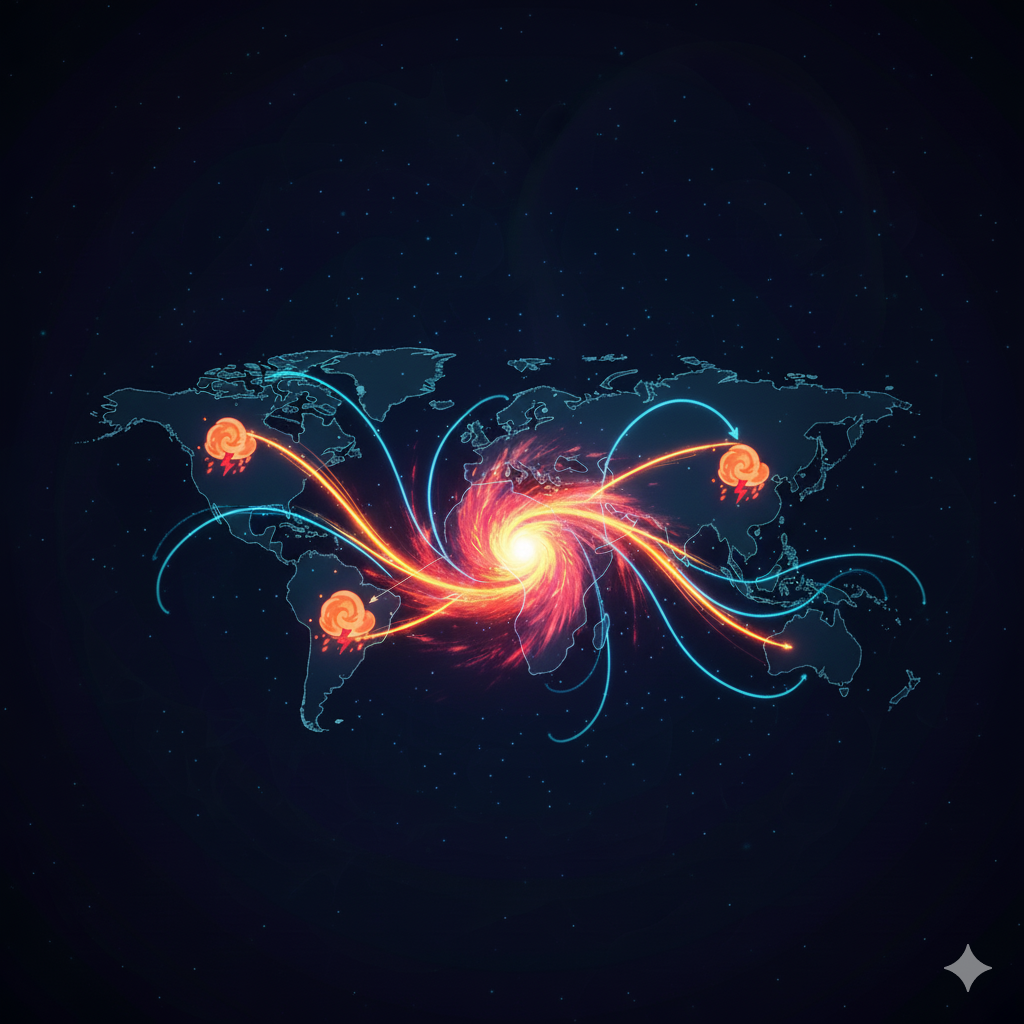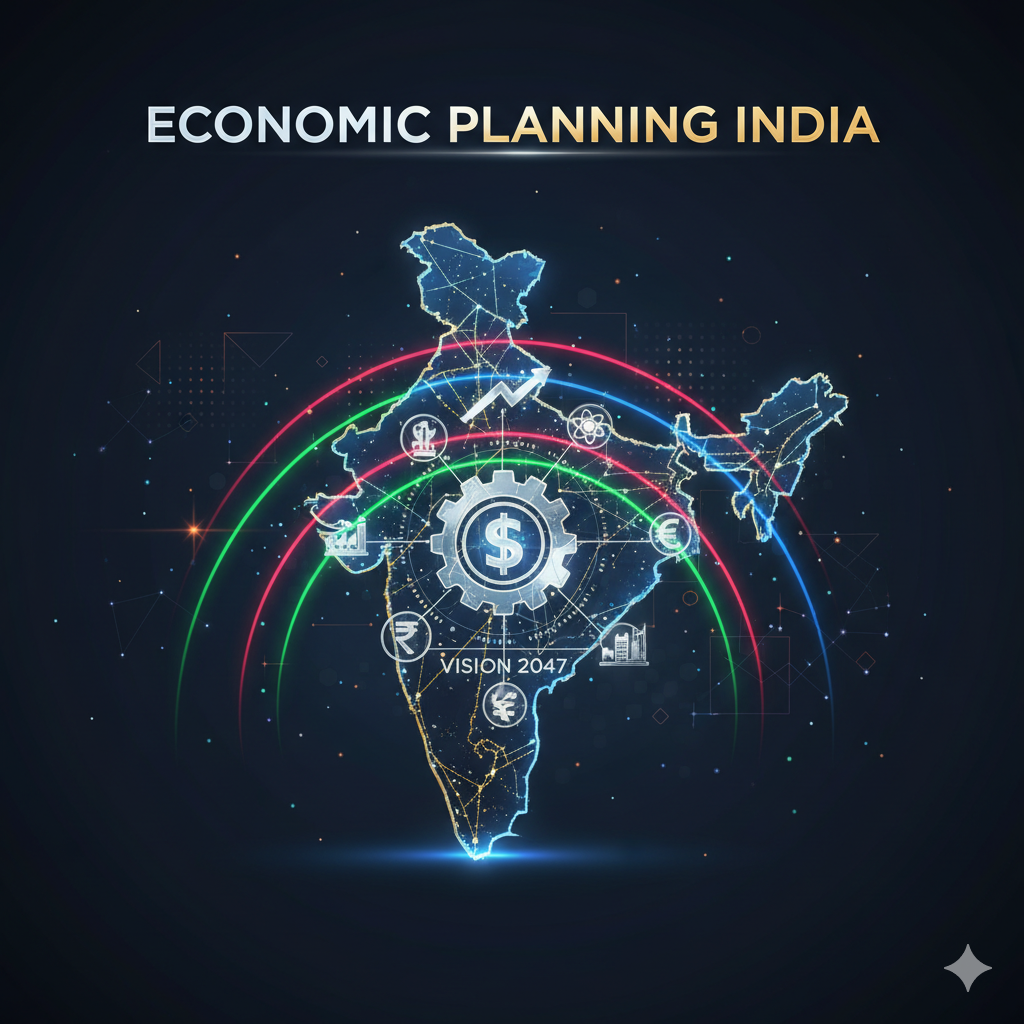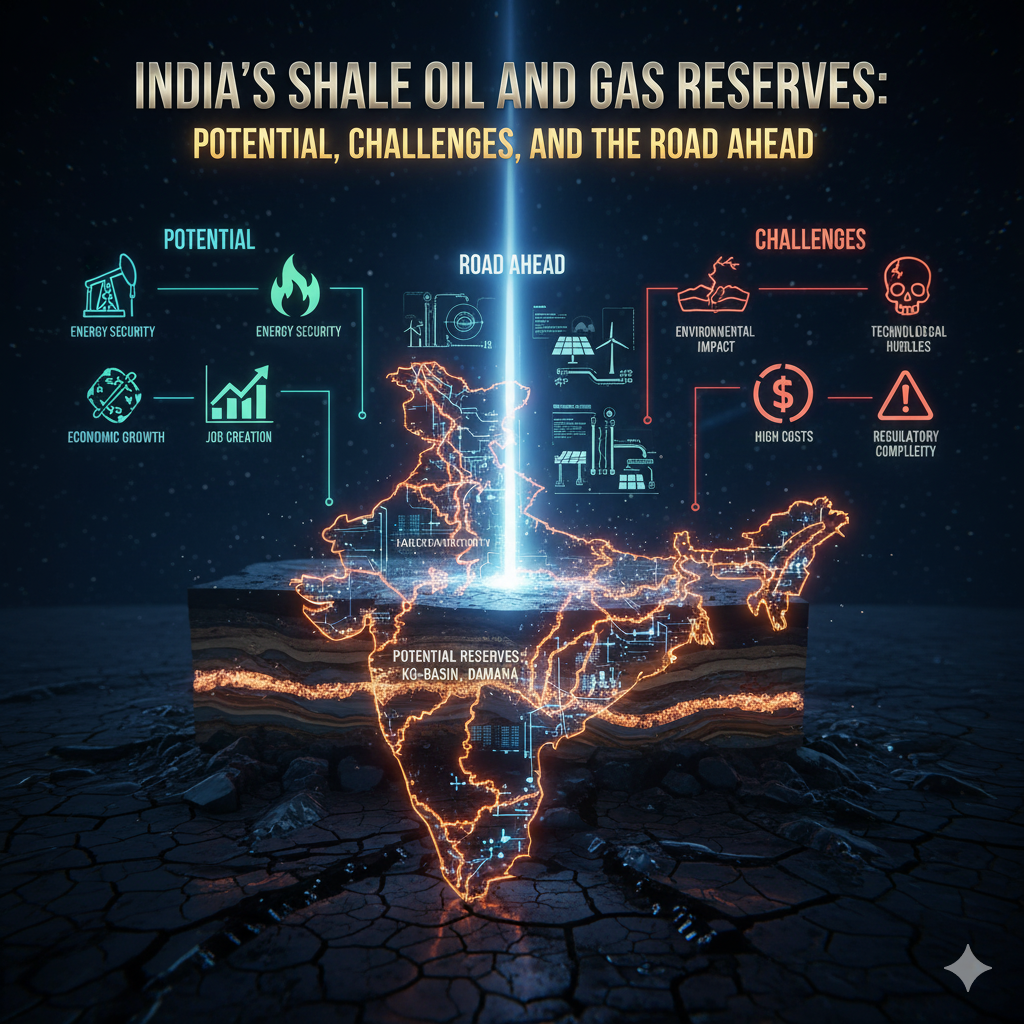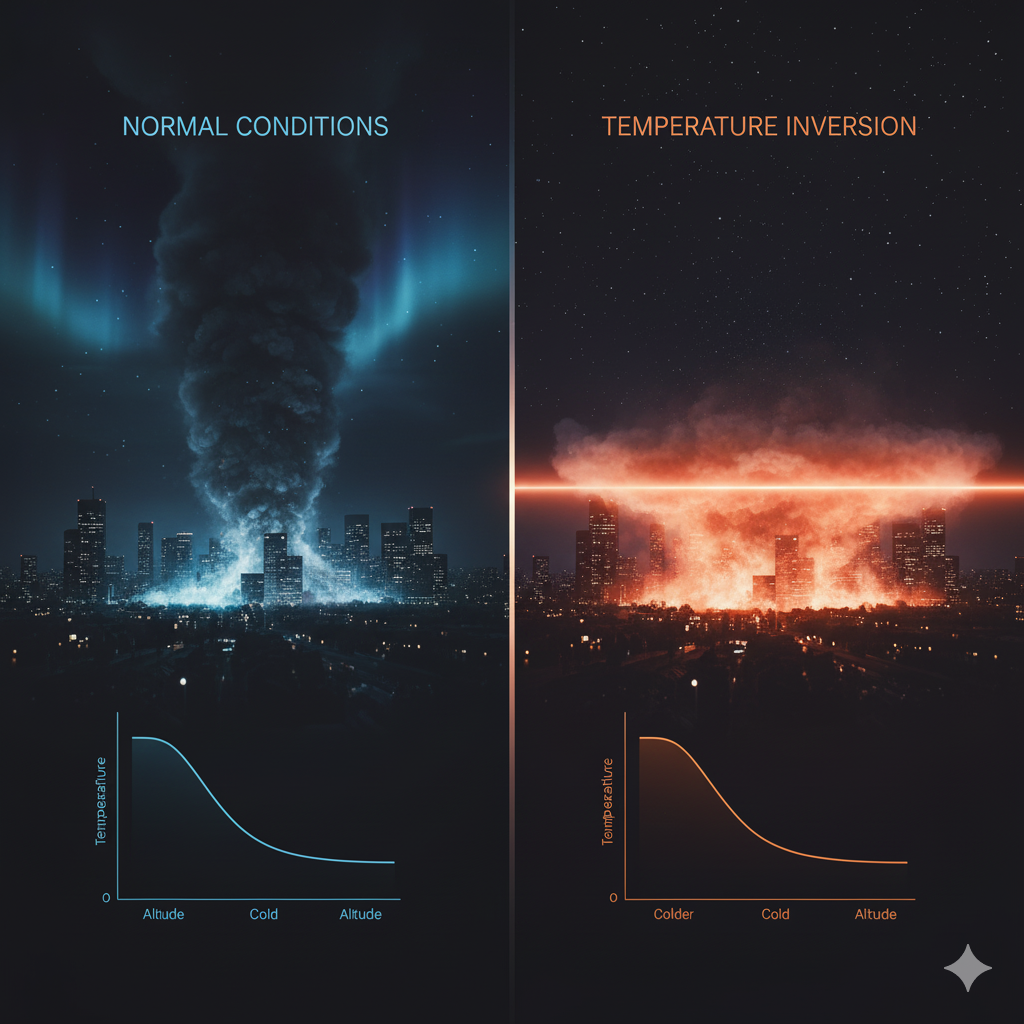Introduction
Climate variability is one of the most pressing concerns in contemporary meteorology and environmental science. Unusual weather events such as prolonged droughts, floods, cyclones, heatwaves, and cold spells often disrupt ecosystems, agriculture, and human livelihoods. Among the various phenomena studied to explain such irregularities, the El Niño-Southern Oscillation (ENSO)—particularly its warm phase, El Niño—has attracted significant attention.
El Niño is a natural climatic event characterized by abnormal warming of the central and eastern tropical Pacific Ocean, which triggers cascading effects on global weather and climate systems. While it does explain many unusual climatic events, attributing all extreme weather phenomena solely to El Niño is overly simplistic. This essay critically evaluates the El Niño effect, its mechanisms, global impacts, and limitations in explaining unusual climatic happenings.
Understanding El Niño
1. Definition and Origin
- The term El Niño, Spanish for “the boy child” or “Christ child,” was coined by Peruvian fishermen in the 19th century to describe warm ocean currents appearing around Christmas.
- Modern meteorology defines El Niño as the anomalous warming of the surface waters of the central and eastern equatorial Pacific Ocean (approximately 3–5°C above normal).
- It occurs irregularly every 2–7 years and typically lasts 9–12 months, though some events can persist longer.
2. The ENSO Cycle
El Niño is part of the ENSO cycle, which also includes:
- La Niña – A cool phase with colder-than-average Pacific waters.
- Neutral Phase – Normal sea surface temperatures.
The ENSO cycle affects atmospheric circulation, precipitation patterns, and storm formation worldwide.
3. Mechanism of El Niño Formation
- Under normal conditions, trade winds blow from east to west across the tropical Pacific, piling warm water near Indonesia and the western Pacific.
- During El Niño, these trade winds weaken or reverse, allowing warm water to flow eastward toward South America.
- This leads to warming of the central and eastern Pacific, suppressing upwelling of cold, nutrient-rich waters along the South American coast.
- The Walker Circulation, an east-west atmospheric circulation over the equatorial Pacific, is disrupted, altering global wind and precipitation patterns.
Global Climatic Impacts of El Niño
1. Asia and the Indian Subcontinent
- Reduced Monsoon Rainfall: El Niño events weaken the southwest monsoon in India, causing droughts and crop failures.
- Heatwaves: Less cloud cover and rainfall contribute to higher summer temperatures.
- Cyclone Activity: The Bay of Bengal often experiences fewer cyclones, while the South China Sea may see intensified activity.
2. Australasia
- Droughts in Australia and Indonesia: Suppressed convection leads to extremely dry conditions, causing wildfires (e.g., 2019–2020 Australian bushfires).
- Economic Impacts: Water scarcity affects agriculture, hydropower, and forestry.
3. Americas
- South America (Peru, Ecuador): Heavy rainfall and flooding occur due to warm ocean waters enhancing evaporation.
- North America:
- The southern United States experiences wetter-than-normal winters.
- Northern U.S. and Canada may experience milder winters.
4. Africa
- East Africa: Receives above-average rainfall, often causing floods.
- Southern Africa: Experiences droughts due to suppressed convection and moisture transport.
5. Pacific Islands
- Kiribati, Fiji, and Papua New Guinea may experience coral bleaching, droughts, and water shortages.
- Marine ecosystems are disrupted, affecting fisheries and food security.
Why El Niño Explains Many, But Not All, Unusual Climatic Happenings
While El Niño is responsible for significant global climate anomalies, it does not account for all unusual weather events. Several factors limit its explanatory scope:
1. Other Climatic Phenomena
- La Niña: Often produces the opposite effects, such as above-normal monsoons in India and colder winters in North America.
- Indian Ocean Dipole (IOD): Variability in the Indian Ocean SST can enhance or suppress monsoon rainfall, independent of El Niño.
- Atlantic Multi-decadal Oscillation (AMO): Long-term Atlantic SST cycles affect hurricanes in the Atlantic basin.
- North Atlantic Oscillation (NAO) & Arctic Oscillation (AO): Influence winter storm patterns in Europe and North America.
2. Anthropogenic Climate Change
- Human-induced global warming modifies baseline temperatures, precipitation patterns, and storm intensity.
- Extreme weather events, such as heatwaves in Europe or record rainfall in Asia, cannot always be traced to El Niño.
3. Local Geographical Factors
- Mountain ranges, ocean currents, and land-sea contrasts create microclimatic conditions that can produce unusual weather independently.
- Example: The Western Ghats in India can intensify rainfall regardless of El Niño conditions.
4. Stochastic Nature of Weather
- Weather is inherently chaotic; localized droughts, flash floods, or cyclones can occur without a direct link to global ENSO patterns.
- Statistical correlations exist, but causation is not universal.
Case Studies
1. El Niño and Indian Monsoon Droughts
- 1982–83 El Niño: Caused severe monsoon failure in India; wheat and rice production declined significantly.
- 1997–98 El Niño: Again led to weak monsoons in India and drought in Southeast Asia.
- Critical Evaluation: While there is a strong correlation, some El Niño years (e.g., 2002) saw near-normal Indian monsoons, highlighting the influence of IOD and other regional factors.
2. El Niño and Australian Wildfires
- The 2019–2020 bushfire season coincided with a weak-to-moderate El Niño.
- Droughts and heatwaves were exacerbated by El Niño, but global warming intensified fire severity.
3. El Niño and South American Floods
- The 1997–98 El Niño brought record floods to Peru and Ecuador, causing widespread displacement.
- While clearly linked to El Niño, local river management and urban planning influenced the magnitude of disaster.
Strengths of El Niño as a Predictor
- Seasonal Forecasting Tool: Early detection of warming in the Pacific allows governments to anticipate droughts, floods, and cyclones.
- Global Climate Linkage: Explains teleconnections, where an event in the Pacific affects distant regions like Africa, India, and North America.
- Disaster Preparedness: Countries can implement water management, crop insurance, and emergency planning using ENSO forecasts.
Limitations of Over-Reliance on El Niño
- Not a Singular Cause: Many unusual climatic events occur without El Niño influence.
- Variable Intensity: Weak El Niño events may have negligible effects, whereas strong events cause extreme anomalies.
- Confounding Factors: IOD, Atlantic SST, volcanic eruptions, and anthropogenic climate change interact with ENSO, making predictions complex.
- Regional Differences: Same El Niño event can produce drought in one region (India) and floods in another (East Africa), showing context-specific outcomes.
Towards a Holistic Understanding
To understand unusual climatic happenings fully, scientists emphasize:
- ENSO in Conjunction with Other Climate Oscillations
- Considering IOD, AMO, NAO, AO, and Pacific Decadal Oscillation (PDO) alongside ENSO improves predictive accuracy.
- Climate Change Context
- Anthropogenic warming modifies baseline ocean temperatures and atmospheric circulation, affecting ENSO intensity and frequency.
- Local and Regional Monitoring
- Microclimatic data, topography, and land-use patterns must be incorporated into forecasting models.
- Interdisciplinary Approach
- Combining oceanography, meteorology, agriculture, and disaster management creates a robust framework for predicting and mitigating unusual weather events.
Conclusion
El Niño is undoubtedly one of the most influential drivers of unusual climatic events worldwide, explaining phenomena such as droughts, floods, heatwaves, and storm patterns in diverse regions. Its impact is most visible in the Indian Ocean, western Pacific, and the Americas, where it creates significant socio-economic consequences.
However, attributing all unusual climatic happenings solely to El Niño is scientifically inaccurate. Other oceanic and atmospheric oscillations, regional geography, local weather systems, and human-induced climate change also play crucial roles.
In essence, El Niño is a major piece of the climate puzzle, but not the entire picture. For effective climate prediction and disaster preparedness, a holistic understanding that integrates ENSO with other global and regional factors is essential.
By combining scientific monitoring, modeling, and policy interventions, societies can better anticipate and mitigate the adverse impacts of both El Niño and other unusual climatic phenomena, ensuring resilience in the face of growing climate uncertainty.




